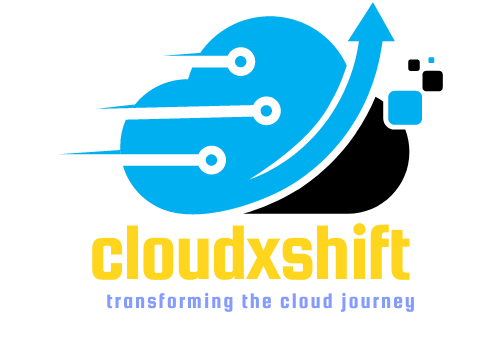-
Cloud Migration : Choosing Right Approach for your Business
Introduction: In today’s rapidly evolving digital landscape, cloud migration has become a critical consideration for businesses seeking scalability, flexibility, and cost-efficiency. However, embarking on a cloud migration journey requires careful planning and a well-defined strategy. In this article, we will explore the various cloud migration strategies available and help you choose the right approach for your business. Understanding Cloud Migration: Before diving into the strategies, let’s define cloud migration. Cloud migration refers to the process of transferring an organization’s digital assets, applications, data, and infrastructure from on-premises or legacy systems to the cloud. By embracing cloud technologies, businesses can leverage the benefits of scalability, agility, and accessibility. Assessing Business Needs:…
-
Implementing Prometheus/Grafana for Enterprise Monitoring
As more organizations adopt cloud technologies and microservices architectures, monitoring has become a critical component of ensuring reliability and performance. Prometheus and Grafana are two popular open-source tools that can help organizations monitor and visualize their applications and infrastructure. However, implementing these tools in an enterprise environment can present some challenges. In this article, we will discuss the top 4-5 challenges that architects may face when implementing Prometheus/Grafana and the value this implementation can bring to the customer. Challenge #1: Data Collection and Storage Challenge #1: Data Collection and Storage Data collection and storage are critical components of a monitoring system, as they provide the foundation for analysis and insights.…
-
7 R’s of Cloud Migration: Strategies, Pros and Cons
Rehost (lift and shift) Replatform (lift, tinker, and shift) Repurchase (drop and shop) Refactor (re-architect) Rebuild (re-create) Retain (maintain) Replace Cloud migration is the process of moving an organization’s IT infrastructure, applications, and data to a cloud computing environment. It offers several benefits, including cost savings, increased agility, scalability, and improved security. However, cloud migration can be a complex and challenging process that requires careful planning and execution. The 7 R strategy of cloud migration provides a framework to guide organizations through the process of moving to the cloud. Rehost (lift and shift) The rehosting or lift-and-shift approach is the simplest and quickest way to migrate to the cloud. It…
-
Cloud Native Applications and Microservices
Introduction: Cloud native applications and microservices are gaining popularity in the software development world due to their ability to provide faster time to market, improved scalability, and reduced costs. In this article, we will explore the key characteristics of cloud native applications and microservices, their advantages, and the technologies and best practices for building them. I. Definition of Cloud Native Applications and Microservices Cloud native applications refer to applications that are designed to run natively in the cloud, taking advantage of the cloud’s dynamic nature and scalability. Microservices, on the other hand, are a software architectural style that structures an application as a collection of loosely coupled services, each with…
-
Future of DevOps: Tools That Will Bring Change
DevOps is a software development strategy that incorporates agile practices for fast, efficient product creation and release. It focuses on integration of development and operations teams, continuous integration/continuous delivery (CI/CD) and automation of tasks and processes. The objective is increase the rate of changes to production in efficient manner which will help the businesses to release new features as per business demands. Typically, DevOps teams use pipelines to streamline and standardize processes. DevOps pipelines are toolchains that teams can use to automate tasks and provide visibility into the software development life cycle. In this article, we’ll cover seven popular open source CI/CD tools. How DevOps Will Change in the Near…



















